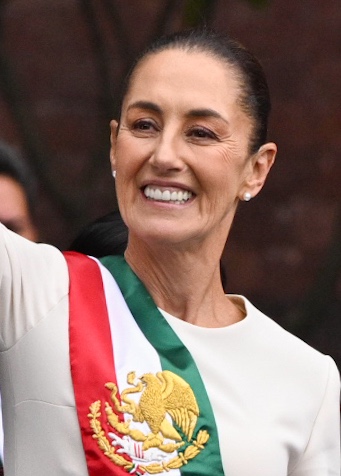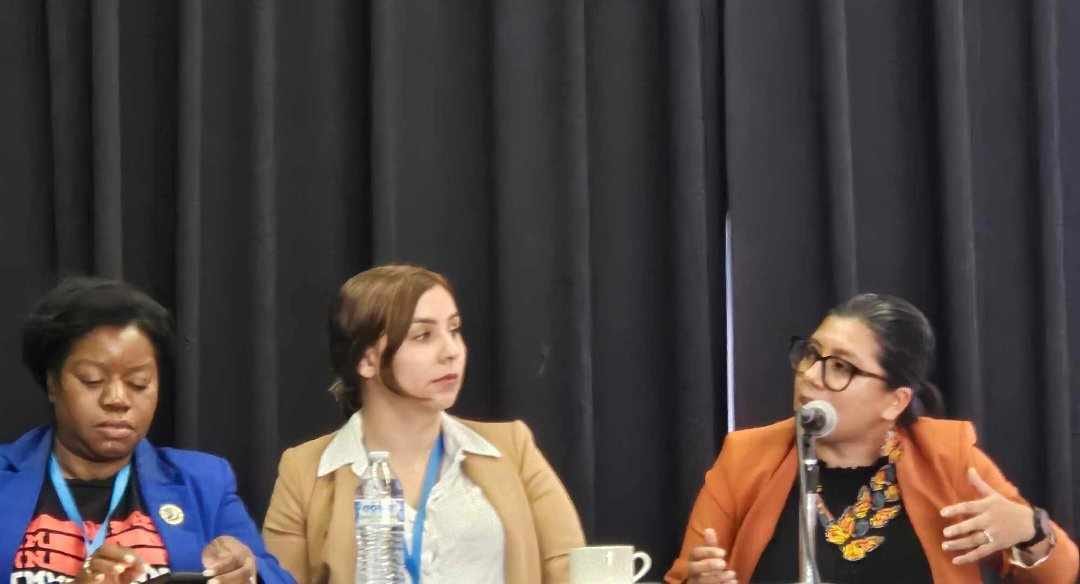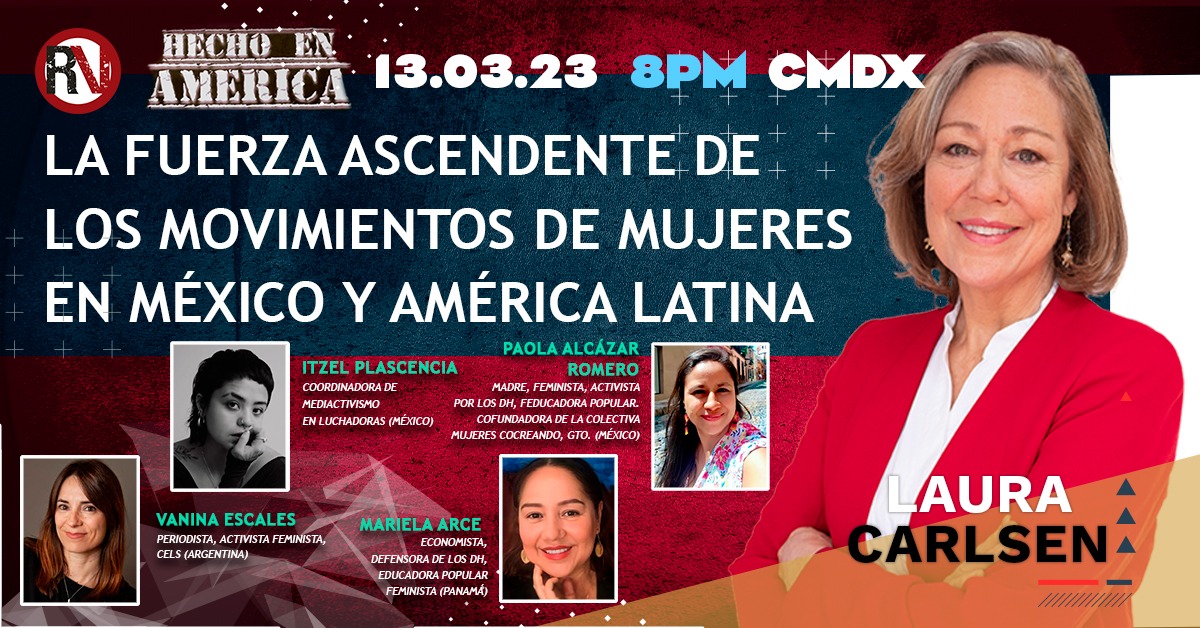| Citizen Action in the Americas |
Push for land reform met with violence
Guatemala’s Landless Movement
by Jonathan Treat | November 25, 2002
In Guatemala, a country with an abundance of fertile farmland, poor farmers are being killed for demanding small plots where they can live, till, and sustain their families. Since April last year, seven campesinos in Guatemala’s eastern Izabal Province have been assassinated for their involvement in a growing peasant’s movement to win land rights.
The government’s efforts to attract foreign investment, primarily from the United States, are resulting in increased privatization of agricultural lands. Thousands of farmers, most of them indigenous, are finding lands they’ve lived on and farmed for years suddenly off limits.
The conflicts in Izabal are only the tip of the iceberg. More than half a million campesinos in Guatemala are landless and without access to even small plots for subsistence farming. More than a thousand land disputes have been registered throughout the country. Some campesinos have taken to planting and harvesting land idled on plantations where ownership is in question. At more than 60 plantations, landless farmers have settled in and are refusing to leave.
But local and absentee landowners, multinational corporations, and the Guatemalan government are resisting significant changes in the country’s land tenure status quo. Witnesses say land activists challenging that status quo have been killed by private "security forces"–paramilitaries and gunmen hired by plantation owners. National civilian police have also been implicated in at least two of the assassinations.
A Growing Crisis with Deep Roots
Distribution of land has been a source of social conflict in Guatemala for centuries. In 1954, the government of Jacobo Arbenz initiated a land reform program, redistributing farmland to the country’s campesinos, including the nationalization of some of the idle plantation lands owned by the U.S.-based United Fruit Company (UFCo), the largest single landowner in Guatemala at the time. The United States branded Arbenz a communist and within two years he was ousted in a CIA-sponsored coup. The coup was the beginning of a 36-year armed internal conflict that left some 200,000 dead or disappeared, most of them indigenous Maya.
Today, Guatemala still has the most inequitable distribution of land in the Western Hemisphere–roughly 2% of the population owns 70% of all productive farmland.
In a region where land was traditionally farmed and harvested communally, subsistence farmers have had to supplement harvests from their own small and marginal plots by working as seasonal laborers on Guatemala’s sugar, coffee, banana, and cotton plantations in what worker advocates say are substandard conditions. To make matters worse, international coffee prices–until recently Guatemala’s largest export crop–have plummeted in recent years. The banana industry has also been affected by changes in international production and distribution, resulting in widely fluctuating prices for the fruit.
These shifts have been devastating for Guatemala’s subsistence farmers. In February this year, the UN warned that 73,000 Guatemalan children could die from malnutrition in coming months because of low prices for coffee and a drought that killed corn and bean crops across Central America. In the country’s eastern region of Camotan, more than 100 people, including children, have died of starvation and related illnesses this year. Dorte Ellehammer, head of the UN World Food Programme in Guatemala, said that farmers who traditionally migrated from their small plots to seek jobs harvesting at plantations were either unable to find work, or were finding wages too low to justify the trip.
Banana Pickers Fight to Survive
In the 1990s the U.S.-owned Del Monte Fresh Fruit and Produce and its Guatemalan Subsidiary, BANDEGUA, began restructuring their banana production operations. Instead of directly controlling production, as it had for the past 50 years, they began to outsource production to independent producers who rent the companies’ land, plantations, and facilities. Such was the case in a number of plantations in Guatemala’s Izabal Province, where Del Monte/BANDEGUA now subcontracts land and banana production to multiple small, local subcontractors.
According to Annie Bird, codirector of Rights Action, a development and human rights organization, "this makes production a lot cheaper, because it makes union organizing virtually impossible."
For more than 50 years the Sindicato de Trabajadores Bananeros de Izabal (SITRABI), the only successful agricultural union in Guatemala, has bargained for banana workers’ rights. One of the union’s successes was a contract that won banana workers on Del Monte/BANDEGUA plantations decent wages, some benefits, and the right to live on small plots of company-owned land and cultivate staple food crops there for their own consumption.
Then, in 1998, Hurricane Mitch hit. According to worker advocates, what was a disaster for the families in Izabal province was an opportunity for Del Monte. "In the specific case of Del Monte in Guatemala, they used Hurricane Mitch as an excuse, and had workers break dykes to flood and kill banana plantations," Bird says. "They then claimed that losses from natural disasters forced them to lay off workers. Almost all the fired workers were then hired by the independent producers–with much lower wages and lesser benefits."
Soon after the hurricane, over 900 workers were fired from four of the Del Monte/BANDEGUA’s eleven Izabal plantations, and packaging and production facilities were then leased to several local producers who currently hold production contracts with the multinational company.
With the SITRABI union crippled, most of the fired workers were forced to take jobs with the smaller, independent producers at far lower wages. Banana workers who had previously earned an average of $5 a day with modest benefits now earn about $3.25 daily for a 10-to-12-hour shift.
However, approximately 400 former Del Monte/BANDEGUA workers are asserting their rights to live on land on the Lanquin II plantation–around 200 hundred are actually physically occupying plots on the site, citing the SITRABI’s contract with Del Monte/BANDEGUA that previously let them do so, says Rights Action.
In October last year Del Monte/BANDEGUA filed charges in Guatemalan courts against the land activists at Lanquin II for the criminal offense of land usurpation, and asked for their eviction. A court decision is expected in the coming weeks.
The Guatemalan government’s commission responsible for negotiating land conflicts, CONTIERRA, held meetings with Lanquin II land activists, delegates of the Campesino Unity Committee, which advocates on behalf of the former workers, and BANDEGUA management in September. But efforts to resolve the dispute were thwarted when BANDEGUA officials broke off the talks. Since then Del Monte/BANDEGUA has sold most of the disputed plantation lands to neighboring cattle ranchers.
Activists say these ranchers, sometimes with the collusion of the police, are subjecting the former workers and their families to violent intimidation.
"[BANDEGUA] is attempting a simple legal escape from their responsibility in the numerous land conflicts, human rights abuses (including assassinations), and the constant state of tension between BANDEGUA-hired gunmen who now claim to be simple cattle ranchers in Izabal," wrote Rights Action in an October 2002 report on the situation.
The pattern of violence is all too familiar, say observers. The assassination of land rights activist José Benjamin Pérez Gonzales by a cattle rancher earlier this year is still fresh in the memories of area residents and activists.
On March 8, 2002, Pérez set off for his field, accompanied by more than 100 farmers and two international human rights observers. They were confronted by at least 30 armed ranchers and some National Civilian Police (PNC). Pérez was shot in the back by a PNC officer, then killed with a shot to the head by one of the ranchers. In spite of multiple eyewitnesses naming the killers, no arrests have been made, and no charges filed.
Another land activist involved in a struggle for rights to land in Creek Zarco, adjacent to the Lanquin II plantation, was also killed this summer. René Augusto Hernández was shot and killed in June. He survived long enough to name his killers before dying in the hospital–Izabal cattle ranchers Jorge Ponce and Mario Ponce. Again, ownership of the land, which banana workers had been cultivating for more than 40 years, was the source of the conflict. To date no legal action has been taken against either of the assailants, despite documentation of a death threat Mario Ponce openly made against Hernández during a public meeting hosted by the Governess of Izabal Province to resolve the land dispute.
The Government’s Broken Promise
In addition to land disputes involving transnational and national companies, Guatemala is also experiencing bloody disputes over agricultural lands owned by the government that, in accordance with a UN-brokered 1996 Peace Accord, are supposed to be distributed to landless farmers.
Historically, campesinos from the community of Los Cerritos, Izabal, and other nearby communities have lived on and cultivated land on part of the government-owned Las Quebradas plantation. They have regularly had to contest claims to the land by various national and international entities claiming ownership. In 1953, they were granted legal title the lands they were living on.
Since roughly 1940, the Guatemalan government had also granted timber concessions on a large part of the plantation to Las Quebradas Timber Company. Those operations continued until 1971, when production was shifted from logging to cattle ranching. Soon, ranchers began encroaching on the campesinos’ lands. Eventually they were forcibly evicted by the cattle ranchers, who used paramilitary security forces–some armed with AK-47s–to stake their claims.
In the 1990s, ownership of the Las Quebradas plantation–including the portion lived on and farmed by local campesinos–was claimed by the Atlantic Pacific Development Company for logging and cattle ranching. According to Rights Action, "a key and unresolved question is how the land passed from being national land granted in timber concessions to private property."
Today at the Las Quebradas plantation the Atlantic Pacific Development Company maintains a security force of roughly 80 armed guards, which local observers and international activists claim is used to regularly intimidate land activists. "For decades, residents of communities neighboring Las Quebradas have been harassed, threatened, and systematically assassinated by the private security forces, essentially a paramilitary group, armed and paid by the plantation," according to an October 31, 2001 report by Canadian human rights group, the Social Justice Committee.
With the support of the Campesino Unity Committee (CUC), a land rights advocacy organization, land activists in Los Cerritos have asked the government to mediate a settlement. But representatives of the Atlantic Pacific Development Company have refused to attend scheduled negotiations. In the meantime, five of the activists involved in making demands for land rights on the Las Quebradas plantation have been assassinated in recent months.
Despite the constant threat of legal action and of violence, land activists throughout Guatemala continue their work. Last year in October, roughly 20,000 agricultural workers marched to demand land rights and justice for assassinated land rights activists. During the demonstration, the Indigenous and Campesino National Coordinating Office (CONIC), the umbrella group for various Guatemalan land rights organizations, summed up the problem: "The hunger suffered by two-thirds of the Guatemalan population is the direct result of the concentration of land ownership and wealth in a few hands, the low salaries, and the inability of the government to put into practice the legal framework to protect the people, to guarantee justice, security, peace, and development."
Jonathan Treat < jonathantreat2002@yahoo.com > writes regularly for the IRC’s America’s Program.
Join our network to receive email announcements that tell you when new items like this article are posted to the Americas Program website. Information on our privacy policy is available on our network sign-up page.
Contacts and links:
"Agribusiness and the Land Crisis in Guatemala: No Peace without Agrarian Reform"
Elena Reilly | Houston Catholic Worker , Vol. XIX, No. 3, May-June 1999
http://www.cjd.org/paper/agri.html
Campaign for Labor Rights
http://campaignforlaborrights.org/
CERIGUA Weekly Briefs
http://www-personal.engin.umich.edu/~pavr/harbury/archive/cerigua/cerigua.html
Ecumenical Program on Central America and the Caribbean (EPICA)
http://www.epica.org/
Guatemala Human Rights Commission -USA (GHRC)
http://www.ghrc-usa.org/
Guatemala News and Information Bureau
http://www.nisgua.org/gnib/
"Human Rights Observers Needed"
Comité Unidad Campesina | Chiapaslink , March 2002
http://www.chiapasnews.ukgateway.net/news/020305.html
Network in Solidarity with the People of Guatemala (NISGUA)
Rights Action
http://www.rightsaction.org/
U.S. Labor Education in the Americas Project
http://www.usleap.org/
We want your Feedback . Tell us what you think of this article. Your comments may be published in our CrossBorder UPDATER or UPDATER Transfronterizo .
Published by the Americas
Program at the Interhemispheric Resource Center (IRC). ©2002. All
rights reserved.
Recommended citation:
Jonathan Treat, "Guatemala’s Landless Movement," Americas Program, (Silver City, NM: Interhemispheric Resource Center, November 25, 2002).
Web location:
http://www.americaspolicy.org/citizen-action/focus/0211landless .html



